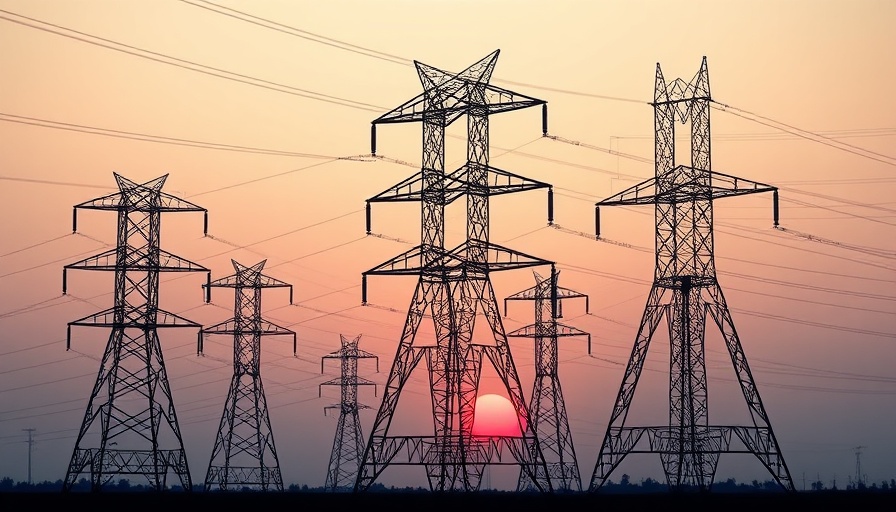
The Call for Collaboration: A Unified Approach to Decarbonization
The integrated energy systems in Southeast Asia present a significant opportunity for sustainable energy development and economic growth. As experts are advocating, the Asean Centre for Energy (ACE) must be tasked with studying pathways to decarbonize the Asean Power Grid (APG). One of the compelling arguments for this necessity is the interconnections between countries that would allow leveraging renewable energy sources effectively.
Historical Context: The Asean Power Grid Journey
The concept of an interconnected Asean Power Grid has been around for over twenty years, yet its execution remains a work in progress. With climate change intensifying, the urgency for a cooperative approach to energy management is greater than ever. Professor Woo Wing Thye, a prominent advocate for regional decarbonization, emphasizes that the time is ripe for an in-depth study to determine how these interconnections could be optimally utilized across Asean member countries.
Understanding Decarbonization Pathways
Decarbonization means finding ways to reduce carbon emissions dramatically. The primary focus for Asean right now should be to enable ACE to explore various decarbonization scenarios, allowing member states to select the most feasible options. As John Thwaites from Monash Sustainable Development Institute mentions, interconnected energy grids can not only enhance energy transfer efficiency but also aid in meeting climate targets. This dual focus on energy reliability and emissions reduction underlines the critical need for regional studies.
The Economic Impacts of Interconnected Energy Systems
Creating an interconnected system offers a wealth of economic benefits. By effectively sharing excess energy from renewable sources between countries, Asean can minimize wastage and enhance energy security. This means that countries with a renewable surplus can send power to those facing deficits, potentially reducing energy costs and leading to cleaner energy options. Countries must, therefore, prioritize agreements that facilitate this energy sharing.
Climate Goals and Asean’s Commitment
Most Asean countries are raising their climate ambitions, setting targets to achieve net-zero emissions by 2050. Countries like Thailand are aiming for net-zero even sooner than their initial goals indicated. For Asean to meet its commitments under the Paris Agreement, it is vital that regional energy cooperation, such as the APG, evolve effectively and align with these heightened targets.
Actionable Steps Towards a Sustainable Energy Landscape
For progress to occur, Asean leaders must provide ACE with clear mandates to facilitate and study these developments. This action could lead to implementing comprehensive solutions that not only address carbon emissions but also ensure economic vitality across nations. Additionally, the public must encourage sustainable practices by making informed choices—whether it’s through energy use or purchasing eco-friendly products.
Engaging the Public in Sustainable Living
Public involvement in sustainability initiatives is crucial. Readers who are eco-conscious can contribute significantly to creating a sustainable future. They should be aware of the impacts of their consumption, from choosing renewable energy providers to supporting businesses that prioritize environmental stewardship. The awareness about how our daily choices affect the climate can not only pioneer a collective effort toward a sustainable community but also ensure the long-term viability of our planet.
Conclusion: The Path Forward
Ultimately, for Asean to become a leader in green energy and sustainable development, it will require a combination of government directives and public involvement. The mandate to ACE could pave the way for a collaborative path in transitioning to cleaner energy solutions. It’s not just a responsibility for governmental bodies; as consumers, our choices today can foster a sustainable environment tomorrow. Let’s unite our efforts to combat climate change and embrace a future of renewable energy.
 Add Row
Add Row  Add
Add 



Write A Comment